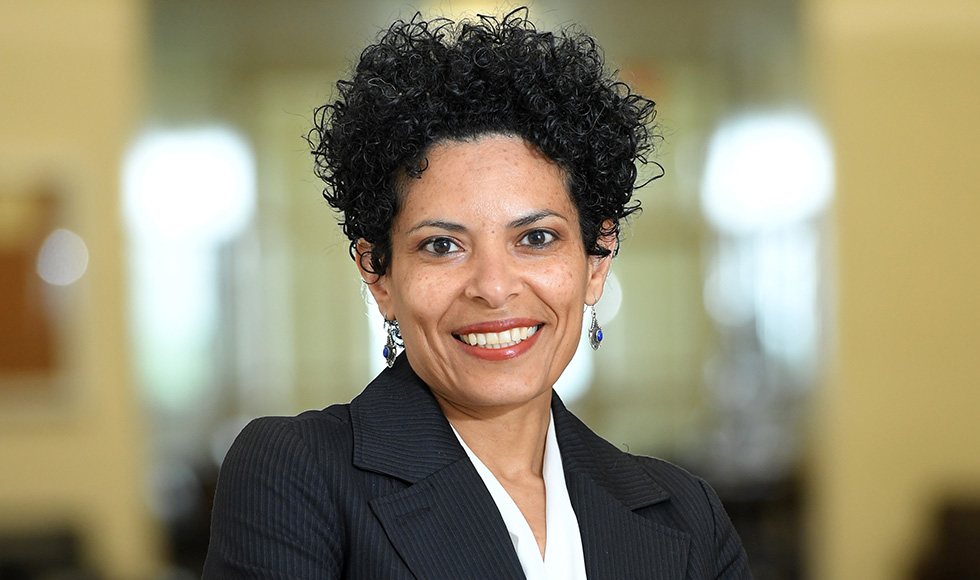How to mobilize and sustain EDI change in the academy

This article was originally published in University Affairs .
More than 30 years after the first wave of efforts to address issues of equity, diversity and inclusion (EDI) on university campuses in Canada, I reflect on the reality that the sector continues to grapple with profound and enduring challenges to making meaningful progress.
Statements of commitment are not enough to mobilize and sustain change. Despite our best intentions, articulations of passive values risk being rendered merely as virtue signalling – an attempt to demonstrate good moral character simply through stating rather than acting on a moral imperative.
Over time, words said in the absence of deeds done will erode community trust and confidence in the authenticity of any articulated value for and commitment to EDI.
This reality begs the following questions:
- Why haven’t we been able to progress further than we might have expected by this time?
- How must we understand the roots of the profound and persistent barriers?
- What are the right strategies needed to overcome these barriers?
- Who can influence substantive and sustained change, given the academic organization?
Having contemplated these questions over the past three decades, I have come to appreciate that there are three key pre-conditions to meaningfully advancing EDI in the academy.
A paradigm shift to accountability for inclusive excellence
The first and foremost pre-condition is that we get beyond thinking and talking about EDI in terms of benevolence (the nice and kind thing to do) or compliance (the thing we must do or suffer consequences).
Behaviour motivated by compliance does not generate long-lasting progress and culture change. Without an understanding of and engagement in their underlying purpose and goals, compliance measures typically have the effect of, at best, tweaking observable surface-level individual behaviours, while failing to address systemic deeper-level and often hidden personally mediated biases and structural inequities.
Instead, we need to understand EDI in terms of justice (the right and inclusive thing to do) and excellence (the best and smart thing to do). We need to adopt an inclusive excellence paradigm.
To influence longer-term individual, structural and culture change, and measurable outcomes, we need to ensure that the case for EDI and inclusive excellence clearly and strongly communicates the growing body of evidence that demonstrates:
- the benefits of diversity to academic, educational and organizational excellence;
- the barriers to equal opportunity and inclusion for women and racialized faculty and leaders; and
- the best practices to build capacity to recruit and retain a diversity of excellent people into the ranks of the professoriate and senior leadership.
Dedicated and distributed inclusive leadership model of governance
The second pre-condition is that we embrace strategic multi-level organizational change, which is inspired and driven by senior leadership in order that the effort may be welcomed and advanced through a networked and distributed model of leadership.
A “top down” and “bottom up” approach to EDI organizational change is necessary in an academic organizational social system that relies on a complex mix of bureaucratic, technocratic, political, organized anarchy, and collegial models of governance taking place everywhere and all at the same time!
In other words, a robust EDI strategy and sound organizational change management processes are essential to a successful system-wide and sustained EDI change effort which must be implemented and evaluated across interconnected individual, institutional and systemic levels of the university.
Change efforts must be intentionally holistic to influence personal, structural and cultural change, which is manifested in: individual values, beliefs, attitudes, knowledge and skills; organizational systems, policies and programs; and community norms or “unspoken rules,” everyday practices and the university ethos.
Both a dedicated and distributed leadership model of EDI leadership and governance is needed to adequately integrate EDI principles and practices across all levels of strategic and operational decision-making, thereby facilitating institutional and systemic change. At the very least, it is essential to promote EDI literacy across all senior leadership roles and EDI fluency across distributed unit-level leadership roles.
Strategic planning and continuous improvement for long-lasting culture change
The third essential pre-condition is strategic change agency.
While an institutional strategy can be the “game changer,” institutional culture can be the “deal breaker.”
An institutional strategy provides a roadmap to advancing EDI priorities and goals; however, the prevailing institutional culture – which is the manifestation of the most prevalent values, beliefs and patterns of behaviour that permeate across the institution – will ultimately act to enable or impede the path to success.
The prevailing institutional culture, and consequent climate, will be most evident and felt in the everyday individual practices of community members, as well as in the unspoken rules and norms accepted across the university.
Therefore, not only is there a need for effective and inclusive leadership, governance, and accountability structures and systems; but, more importantly, there is a need for effective and inclusive change agency.
Success, in large part, will rely on the extent to which decision-makers and influencers not only reinforce and reward those behaviours and practices which demonstrate alignment with and enhancement of strategic EDI priorities, but also on extent to which they feel motivated, empowered and compelled to interrupt and respond to those everyday patterns of behaviour and practices that may diminish or undermine the vision and strategy towards inclusive excellence.
Arig al Shaibah is associate vice-president, equity and inclusion, and an adjunct professor in the department of sociology, at McMaster University.

